India-Ireland Designs: RepublicanismA Story by Abishai100Diorama of how India and Ireland have seen strange and 'daybreak-parallels' in ideals contributing to Republicanism-dots.
A grand-opus diorama exploring the integral and valuable sociocultural and ideological ties/binds between India-Ireland, ironically relayed in multiple modern important works by writers like Kate O'Malley. Hope you like it,
----
==== The great Irish revolutionary leader Eamon de Valera wrote a special book about the rhetoric-ideals connections between the freedom-struggle similarities between the countries of Ireland and India, which is the source of the inspiration for this diorama exploring modern civilization Republicanism and how it informs our ideas about shared democracy, globalism, and culture-exchange. Follow along. 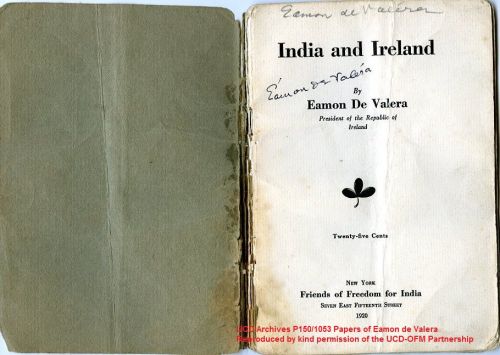 Now, both Ireland and India were officially and troublingly 'partitioned' following co-independence from British Empire rule in the early 20th Century. Ireland was divided into Ireland and Northern Ireland; India was divided into India and Pakistan. Northern Ireland is predominantly Protestant but is inhabited by a Catholic minority. Pakistan is predominantly Muslim but a minority group of Hindus live there too. The British Empire advised such a partition would cater to 'commercial vanities' which would speed up the process of independence from British rule. This partition in Ireland/India however led to dangerous forms of violent civil wars which almost reversed Independence itself! 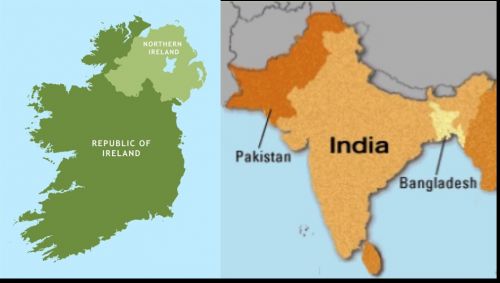 Today, Ireland and India share many ties in terms of festive culture, tones, colors, and fashion/arts. In fact, you see alarming parallels between Irish and Indian dress, jewelry, music, and even religion. The jewelry of India for example is very colorful and spirit-centric. 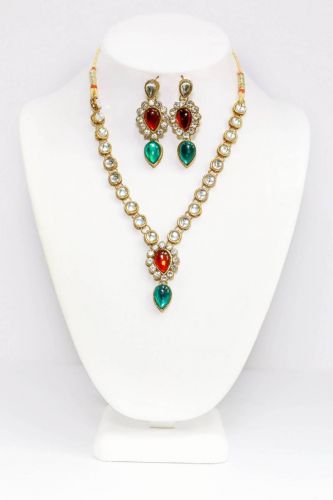 Likewise, in Ireland, you see a very spirit-oriented presentation/design in the marketing/wearing of colorful jewelry and gems/emeralds reflecting the lyrical spirit of the people/women. 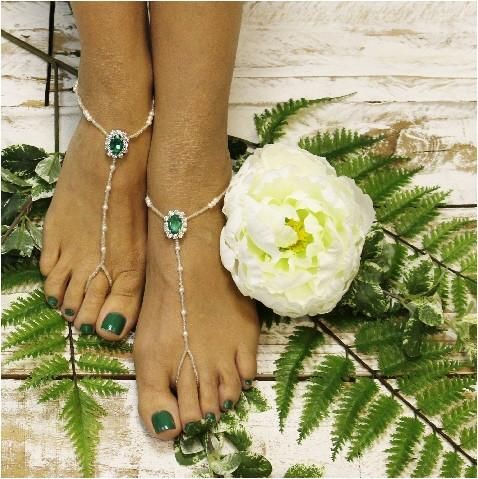 British rule was dominated by colonialism-philosophy for many centuries, and the British Empire was arguably more secure and formalized than even the Roman Empire itself. British rule was nearly impossible to overcome. There're images of great lines of British Empire soldiers, uniformed men with weaponry, arrayed for the presentation of the Empire's unending dominion, which was eventually defied by both the Irish and the Indian.  India's freedom-struggle had been armed rebellion against British rule for ages until the great nonviolent 'civil disobedience' strategy practitioner Mahatma Gandhi stepped in to create a widespread nationalist movement of nonviolent protest against all forms of British Empire taxation and military presence. The struggle was horrifying but eventually resulted in the independence of India in the 20th Century. 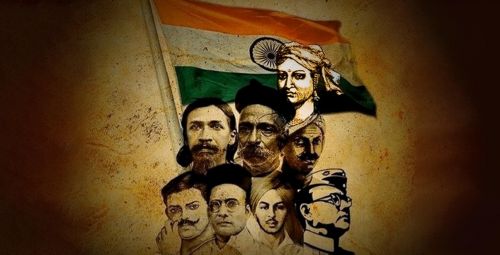 Irish Catholics likewise rebelled against British Protestant rule for centuries/ages. They wanted a united independent Ireland for Irish people and engaged in numerous forms of guerrilla and field combat. However, all of this ended in failures of heartbreak until the era of the leaders Michael Collins and Eamon de Valera who co-engineered a special guerrilla and debate/diplomacy movement in the 20th Century resulting in moments like the great Easter Rising of 1916, which eventually culminated in the independence of Ireland and its formation as its own free Irish-Catholic Republic, with Eamon de Valera as crowned leader. 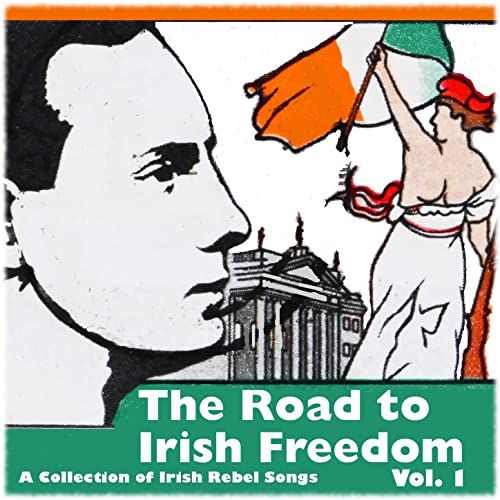 My name's Amlan Satan. I'm half-Algerian and half-Indian. I've studied both the Indian freedom struggle and the Algerian struggle against French colonial rule (in the Ivy League) and am now studying blood-diamond warlord-financing of underworld crimes from Africa corrupting already-troubled political areas in Northern Ireland. I have the Interpol-relations field-alias Storm-Shadow.  There're alarming ideological and aesthetic/cultural parallels between Indian and Irish peoples that inspire ideas about shared commercial vanities, fortunes, and even the aesthetics of trophies or toys of jewels and diadems. I have a Swatch wrist-watch which seems to capture a nice 'blend' of Indian and Irish imagination-design --- a reflection of the invitational 'see-thru' nature of Indian/Irish intelligence! 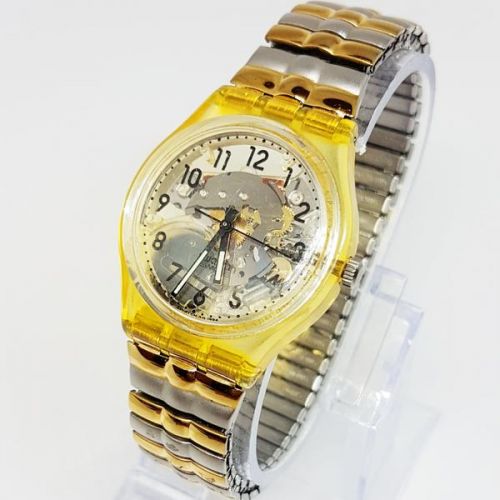 Now, troubled Belfast (Northern Ireland) sees British police-military occupation enforcing socioeconomic policies in a Protestant-dominated area, with residents descended from generations of English colonial settlers and an Irish-Catholic minority protesting about living as a 'second-class' group enduring socioeconomic disparities and unemployment problems and affirmative-action mismanagement! This is the source of many modern era guerrilla-talks and Sinn Fein negotiations with United Kingdom Parliament in England in regards to Belfast (Northern Ireland) life, where Catholics and Protestants remain somewhat divided despite comprising the two dominant denominations in the world Christian community. 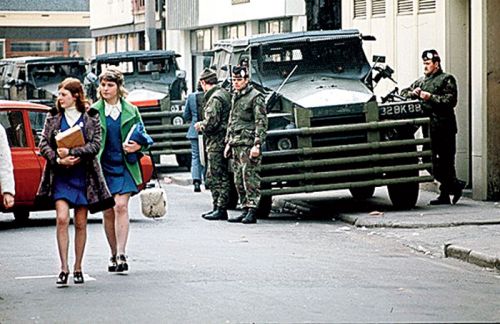 India, likewise, endured forms of subjugation and servitude and had to organize strong forms of intellectual liberty-rhetoric to formally defy British colonial occupation and dominions. They'd need to present their historic culture as having its own forms of 'egalitarian' ideology and aesthetics, aspiring for its own 'brands' of feminism, libertarianism, and even Republicanism. 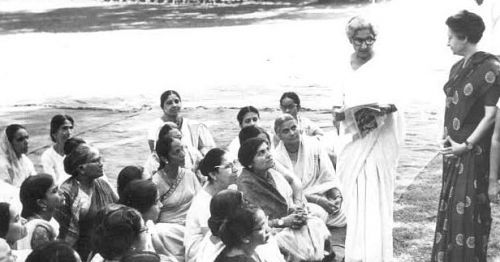 Today, we see numerous forms of imagery in the media/newspapers and even underground 'fanzines' capturing the role of active recruited Irish-Catholic female 'guerrillas' seeking more independent rights to commune and celebrate Catholic life/culture without the deep influence of British socioeconomic policy in Northern Ireland. These women want their own 'brand' of Catholic feminism in Belfast to feel closer to their Catholic brethren/sisters in neighboring Dublin (Ireland)! 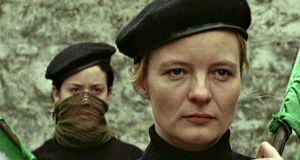 When I was growing up in India, I noticed great mosaics and stamps of collected images/portraits of iconic historical Indian freedom-fighters engaged in rhetorics about the nature of defiance against the dominions of British Empire rule/governance. 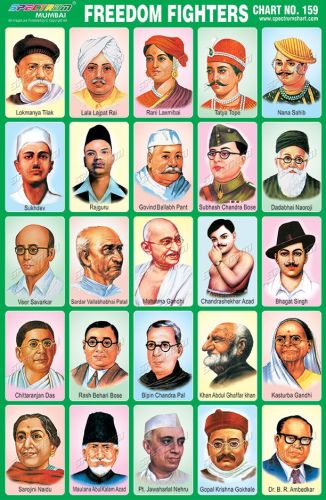 I have family relations in Algeria and India connected to anti-colonial movements against France/Britain, and some of the photos I have refer to the involvement of specific women like Aruna Asaf Ali in the defiance of Empire colonialism. These photos are really gorgeous. 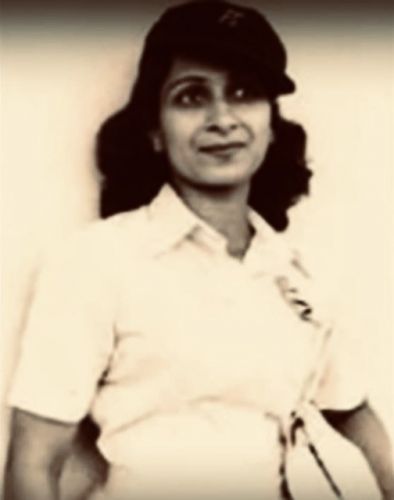 However, not all these images of frustrations with colonialism are gorgeous and are downright troubling. Sinn Fein, the legal/political 'branch' of the 'Irish Republican Army' (IRA) insist to British Parliament that socioeconomic disparities between the Irish-Catholic minority population and British-Protestant majority population have yielded forms of unemployment and criminal resourcing giving rise to desperate protest against current governance/policy and have yielded guerilla-intelligence and displays and of course deadly retaliation British police-military force and sometimes violence. We see images therefore of Belfast (Northern Ireland) bedlam. 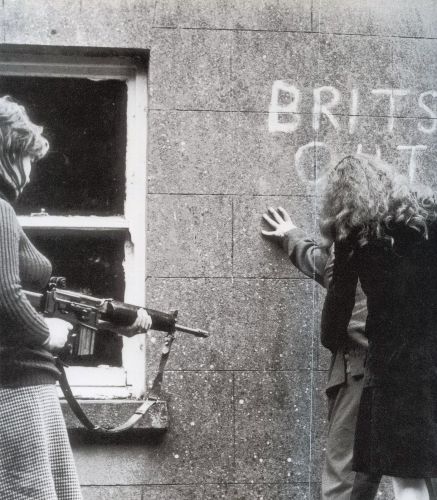 The great Irish revolutionary leader Michael Collins whose life and triumph was captured a in a very seminal 20th Century film by Neil Jordan reflects the Irish Catholic yearning for self-rule and mainland Ireland independence. The partition of Ireland (Dublin) and Northern Ireland (Belfast) because of colonial-settlement demographic statistics devastated Irish Catholics in the struggle and led to internal fears within the leadership of the movement(s). Michael Collins was a figurehead (like India's Mahatma Gandhi!) who tried to keep the sanity in that century.  Likewise, I consider myself an idealist and media-journalist and presenter of special notions of modern era post-colonialism commerce-based 'inter-religious' coops between Hindus and Muslims in India/Pakistan who can hope to work together through modern capitalism to forget about the fears/realities of partition and strive for more inter-religious forms of living shared culture. As such, I consider myself a media agent of 'idealism' commercialism (and dowries)! 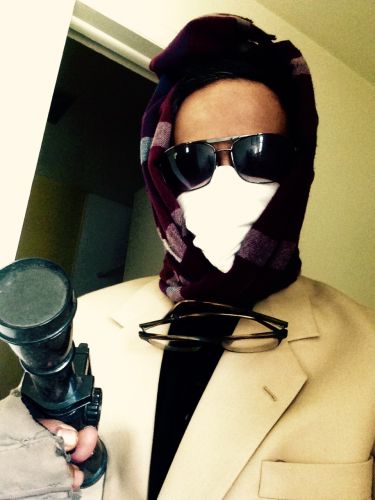 Now, there's some terrific design parallels between Irish musical instruments and Indian musical instruments that inform/illuminate this 'magical' connection/relation between the two countries. Irish musical instruments, like Irish-Catholic peoples, are very simple, elegiac, lively, and toy-visioned. 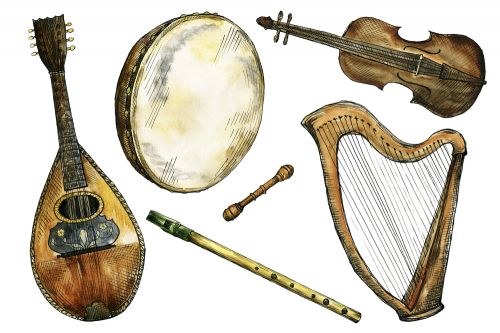 Indian musical instruments are comparatively very playful, shapely, colored, and movement-tasty! 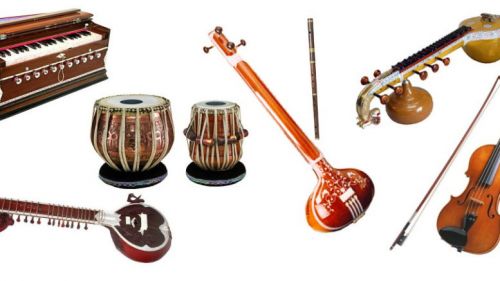 Irish people love to express forms of dressy festive cultural dancing which has informed their sociocultural frustrations/yearnings to simply live out their own 'brands' of living national identity!  Indian dance-dress is likewise quite unique and pronounced, reflecting a nationalized expressionism regarding the natural colors/tones of individualized design consciousness! 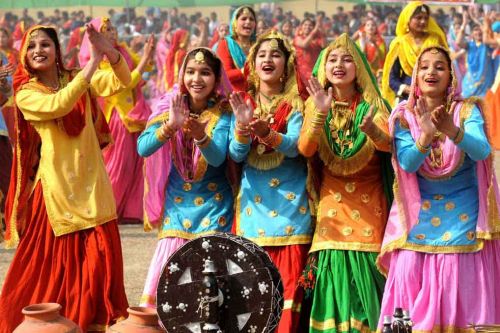 India and Ireland also share two incredible Nobel-level/quality writers. India boasts the great Rabindranath Tagore who incidentally crafted the nation's anthem itself.  Ireland boasts the incredible James Joyce whose seminal work Dubliners has reached world-audiences and was ironically required reading in my Advanced English class in high-school in multicultural New Jersey (USA). 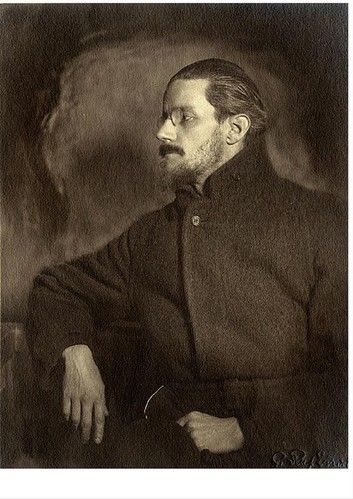 However, the weaponry associated with Ireland and India during resistance to British rule/dominion is equally pronounced, and guns used during a British Raj train in India and a street-guerrilla action in Northern Ireland look eerily similar. 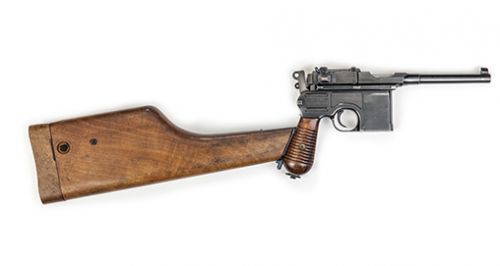 I've written a composition on the natural psyche of the 'freedom-frustrated outlaw' in both Ireland and India, which manifest in forms of populist/plebian expressionism seen in the form of commerce-claustrophobia in urbanized areas under Empire rule. It's the sort of 'psyche' we see 'imprinted' ironically/incidentally in American pro-Republicanism commerce-frustration themed films like Bonnie & Clyde (Arthur Penn) a real story about Depression-era masquerade. That's why my Ireland-India composition is embossed with a cross-colored 'flag' representing the two nations' joint/parallel design for shared democratic/cultural dowries. 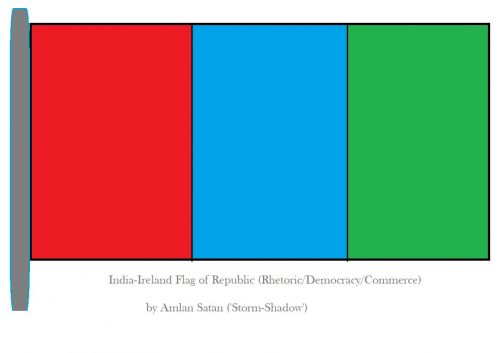 What do these 'metaphorical dowries' create for Irish/Indians? Well, the toys in Ireland (Belfast/Dublin) are celebrated by children (Catholics and Protestants) and are considered 'totems' of great individuated liberty and play in an environment 'sullied' by governance tediums. 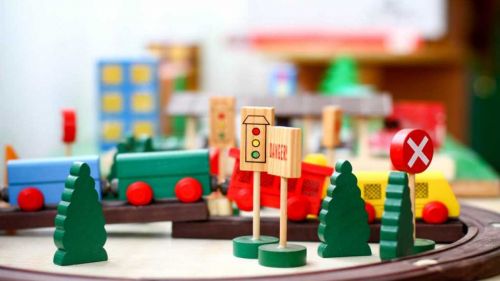 The toys in India likewise help children (Hindus and Muslims alike) to entreat ideas about shared imagination-space in times of great frustrating sociopolitical drama! 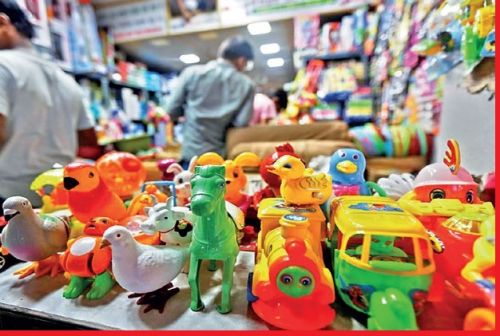 CONSUMER: Indian dolls are expressive in terms of dress, dance, jewelry, and identity. 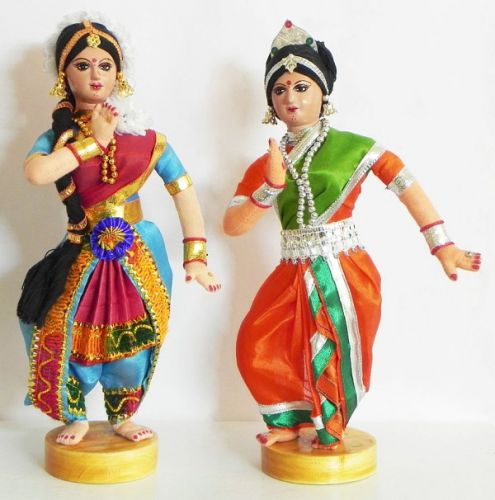 CONSUMER: Irish dolls are expressive in regards to ornaments, style, culture, shine, and posture. 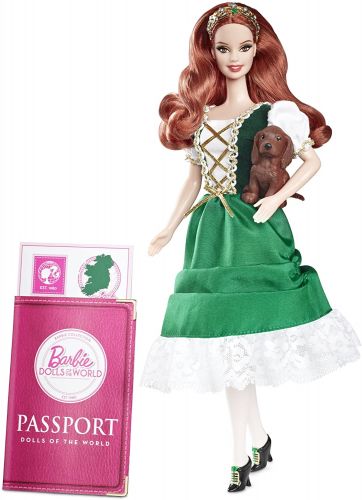 Can commerce/fashion/toys/entertainment heal the scars of political difference and 'troubling' drama in India/Ireland? 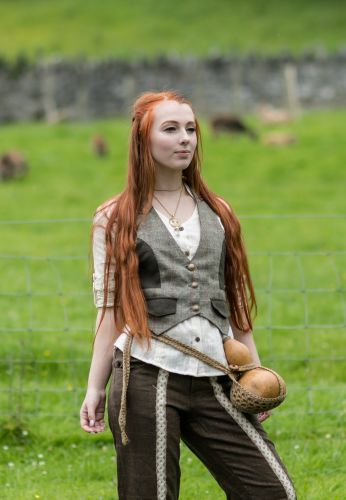 What're the color-tone theme parallels between Indian and Irish women's dress and fashion presentations (formal/vernacular)?  I have two favorite beers I drink in this democracy-luxurious United States --- Kingfisher (India) beer is one.  Guinness (Ireland) is the other. I have no other bias really!  My wife is Irish-Catholic and I bought my son Damian a toy-laser machine-gun for Christmas in the first Coronavirus-quarantine holiday-shopping season. He asked me which sort of 'Internet-display' I prefer --- the one in India or the one in Ireland, and I had to confess that both nations boast terrific cyber-access, and the toy-gun I gifted him could be considered both Irish...and Indian!  I drive a Saab 9-3 sports-car in Haddonfield, where I live, when I'm not busy with some Interpol-relations work in Holland. The Saab gold car is a nice symbol of why I consider myself so lucky to be a US citizen, 'untouched' by the modern problems of inter-religious strife.  My wife Shelbye makes drawings of vases, and I keep photo-copies of them for my personal cyber-album about the expressions of daily life and how it might reflect commerce/consumerism-driven peace in a world driven suddenly by media-access gauged globalism. Art can heal the scar of war. 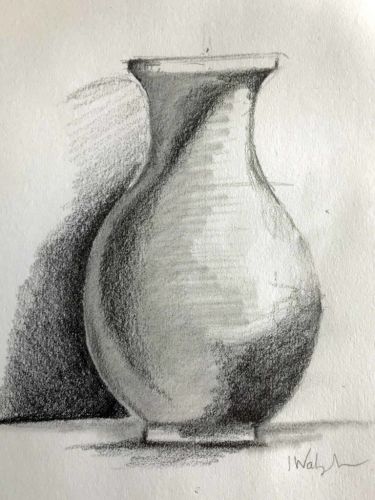 "History, Stephen said, is a nightmare from which I am trying to awake" (James Joyce). ==== "Money is everything" (Ecclesiastes) © 2021 Abishai100 |
StatsAuthorAbishai100NJAboutStudent/Minister; Hobbies: Comic Books, Culinary Arts, Music; Religion: Catholic; Education: Dartmouth College more..Writing
|

 Flag Writing
Flag Writing